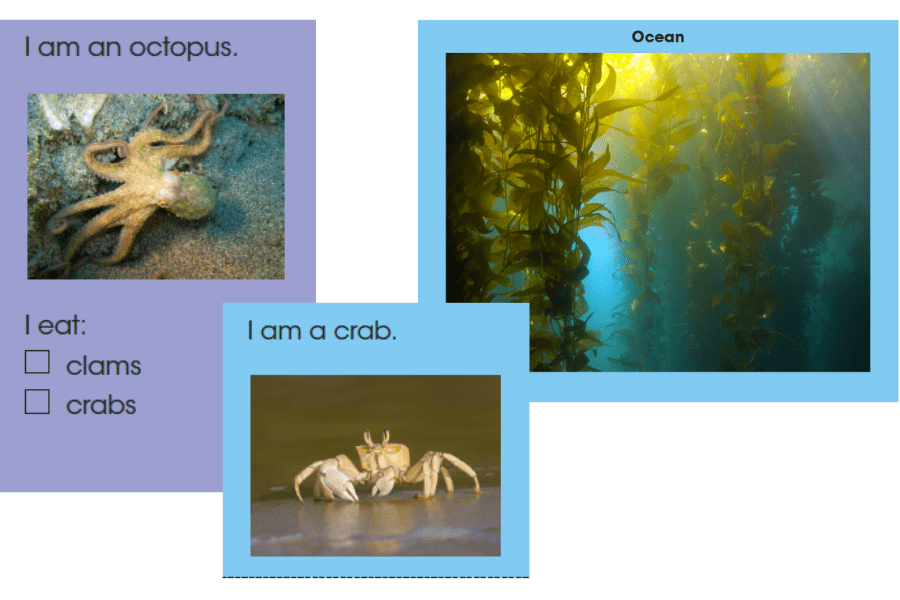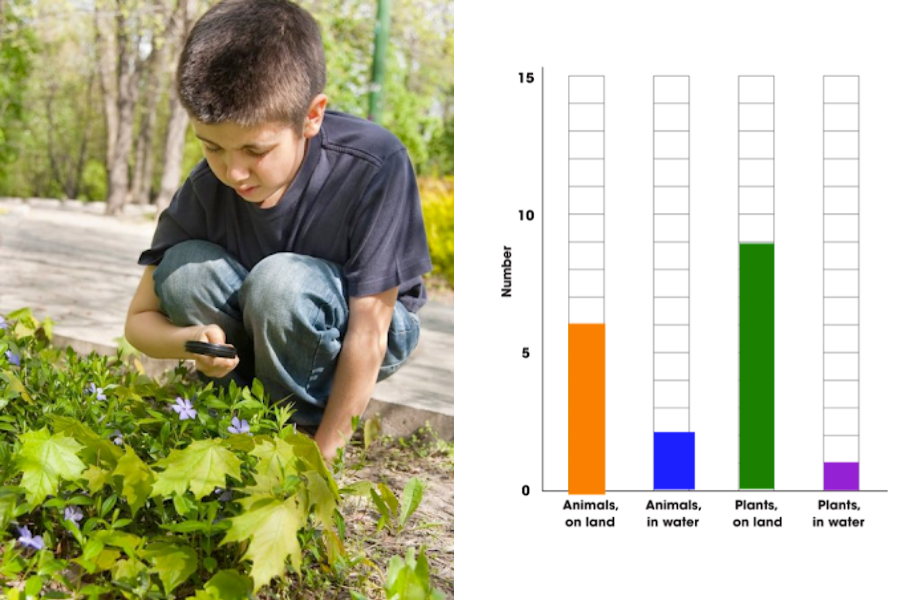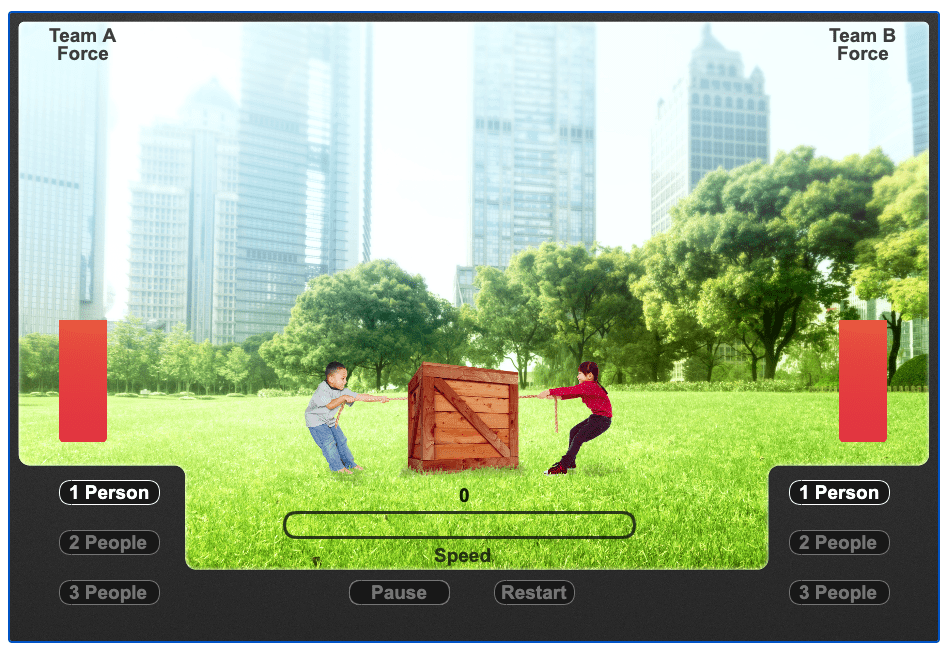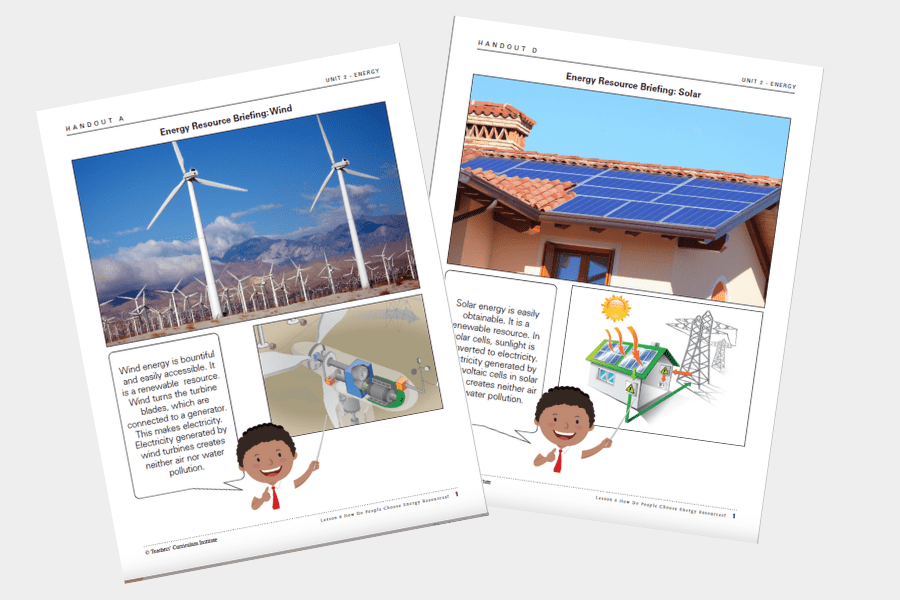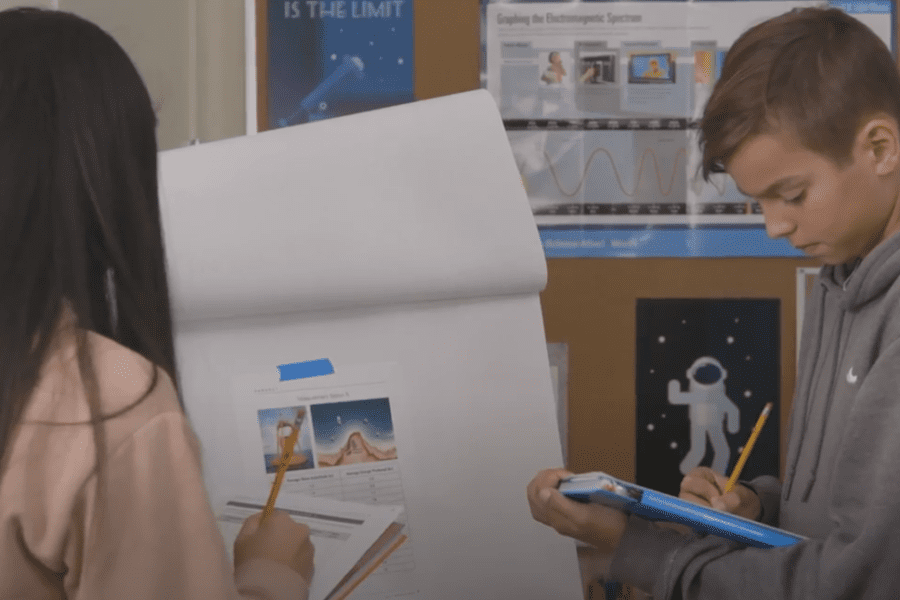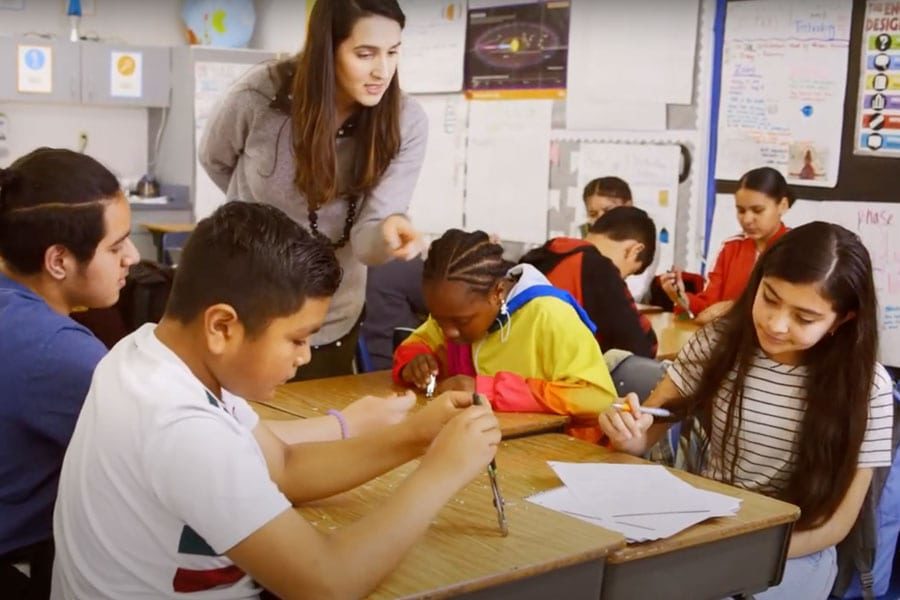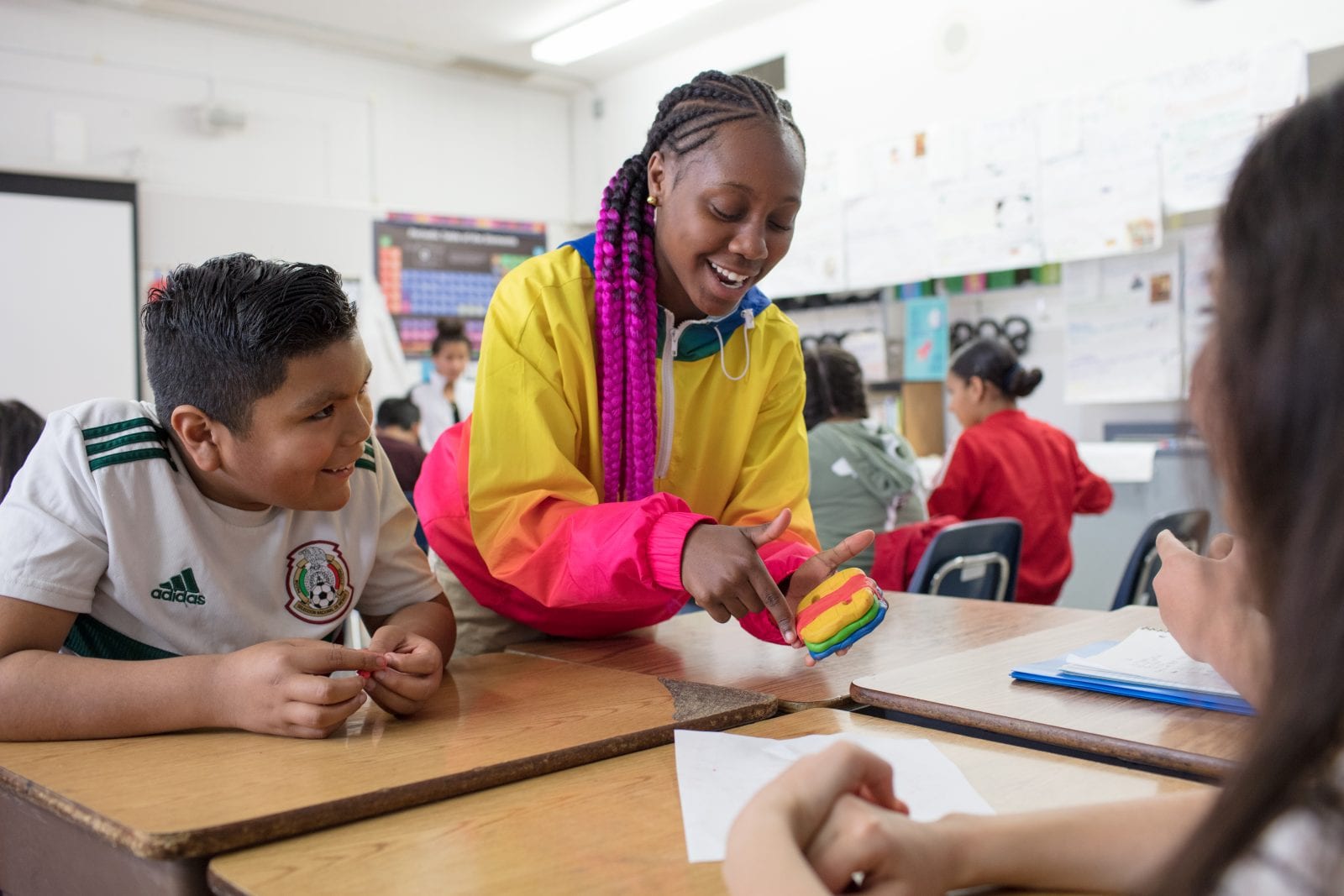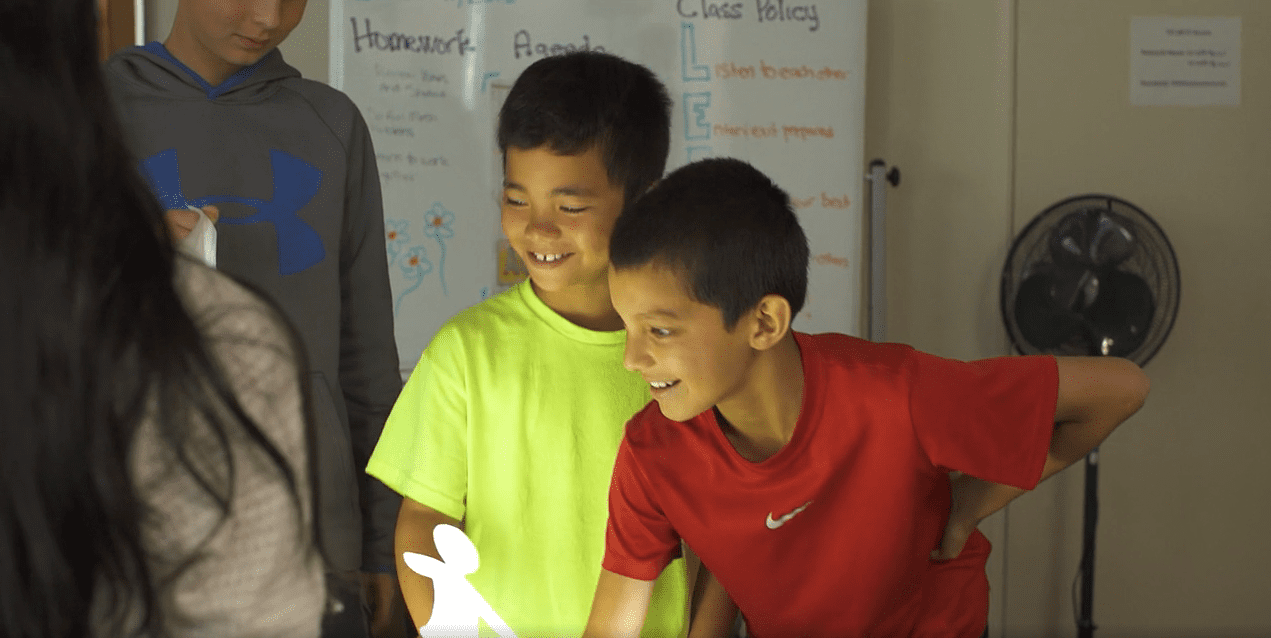
Teaching engaging science doesn’t always require a trip to your lab materials bins. You can engage students in science investigations by taking a walk outdoors or through rich media—like simulations, videos, and images. What’s most important is using lessons that teach students to think like scientists.
TCI’s Bring Science Alive! elementary science curriculum provides many options for teaching science, including hands-on investigations with minimal prep. Explore these TCI lessons for engaging hands-on investigations with minimal prep across grade levels.
1. Analyzing Critters in Where Are Plants and Animals Found? (Grade K)
In this lesson from Bring Science Alive! Exploring Science Practices Grade K, students engage in higher-order thinking to make connections between animals, plants, and where they live. Students study rich images of creatures like prairie dogs, octopuses, and crabs and match them to their environment. All you need to get started are TCI’s Picture Cards and critical thinking skills.
2. Observing Patterns Through Videos in Where Is the Moon in the Sky? (Grade 1)
Videos of real-world phenomena can enhance a science lesson. In Where Is the Moon in the Sky? from Bring Science Alive!’s first-grade program, students ask questions about stars and then observe star patterns through compelling videos. Using what they learned about stars, students practice their science communication skills and develop a story about the patterns they observed.
3. Exploring the World Around You in What Kinds of Living Things Are There? (Grade 2)
One of the most powerful ways to get elementary students engaged in science is to ask them to observe phenomena around them. In What Kinds of Living Things Are There? from Bring Science Alive!’s second-grade program, students explore nature and carefully observe the different living things in their school or local park. After taking notes, students return to the classroom and participate in a science talk where they categorize their observations, create graphs, and analyze the data.
4. Using Simulations in What Happens When Forces Are Balanced or Unbalanced? (Grade 3)
Simulations help student deepen their conceptual understanding of science in an engaging way. You can find simulations throughout TCI’s science programs. For example, in What Happens When Forces Are Balanced or Unbalanced? from Bring Science Alive!’s third-grade program, students explore the concept of balanced and unbalanced forces with a simulation. Through the simulation, students observe how objects move when forces are exerted upon them.
5. Researching Science with How Do People Choose Energy Resources? (Grade 4)
An important part of science education is developing research and communication skills. In How Do People Choose Energy Resources? from Bring Science Alive!’s fourth-grade program, students act as science and engineering advisors to research and report on different energy resources for a power plant. Students get an opportunity to practice and hone science skills like evaluating sources and communicating findings. By the end of the lesson, students present a clear recommendation of alternative energy supported by evidence and reasoning.
6. Investigating with Objects Around the Classroom in What Does Gravity Do? (Grade 5)
Phenomena happen all around us—we just have to pay attention. In What Does Gravity Do? from Bring Science Alive!’s fifth-grade program, students observe gravity. In pairs, students find two small objects around the classroom and observe the effects of gravity by holding up the objects and dropping them simultaneously. After a series of investigations, students write an argument that answers the question: What does gravity do?
Sample Bring Science Alive! for Elementary Classrooms
TCI’s K-5 science programs are aligned to NGSS and include many flexible lesson options so teachers can engage all learners. Want to explore the programs? Contact sales to sample Bring Science Alive!
